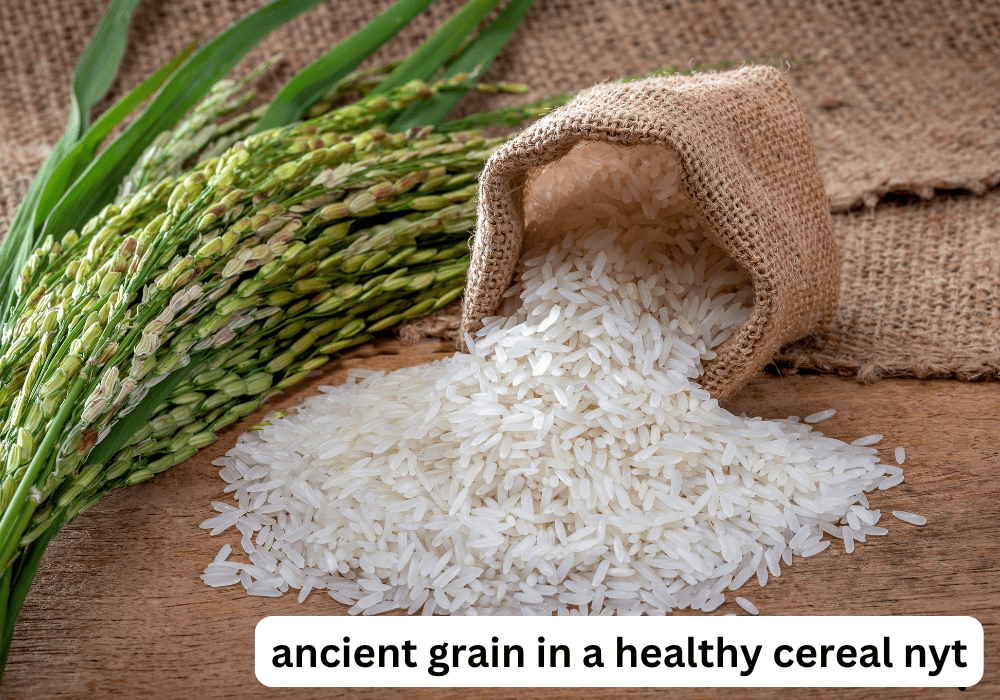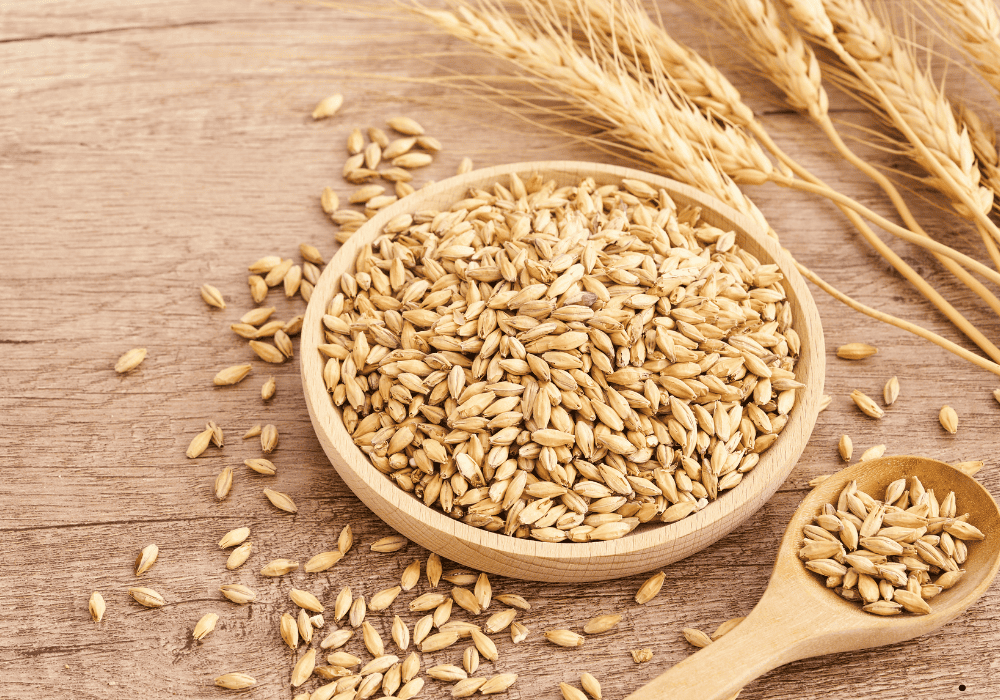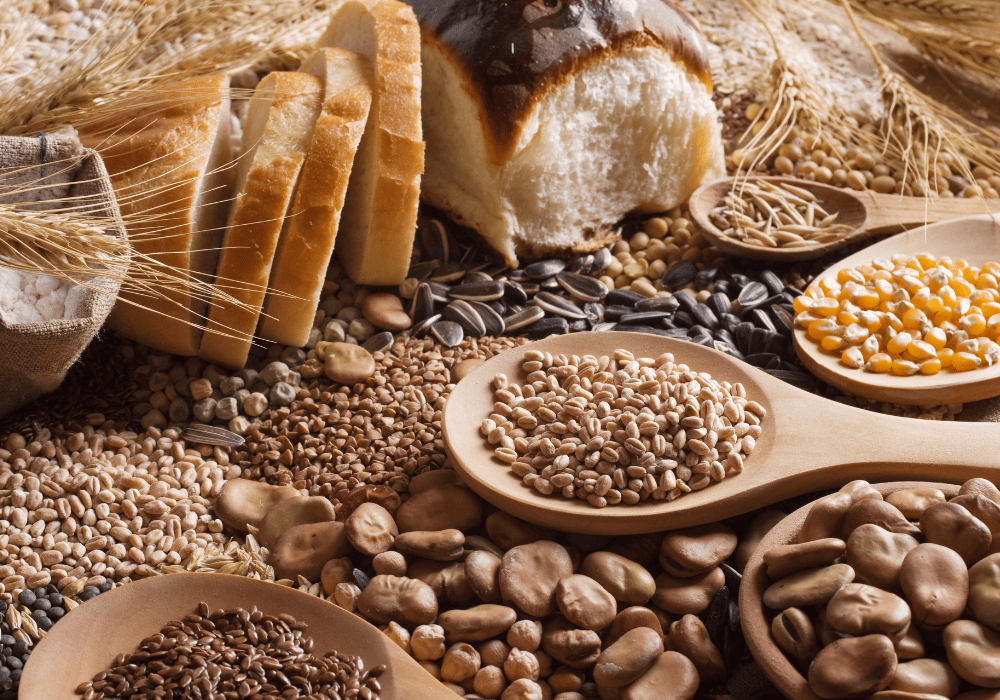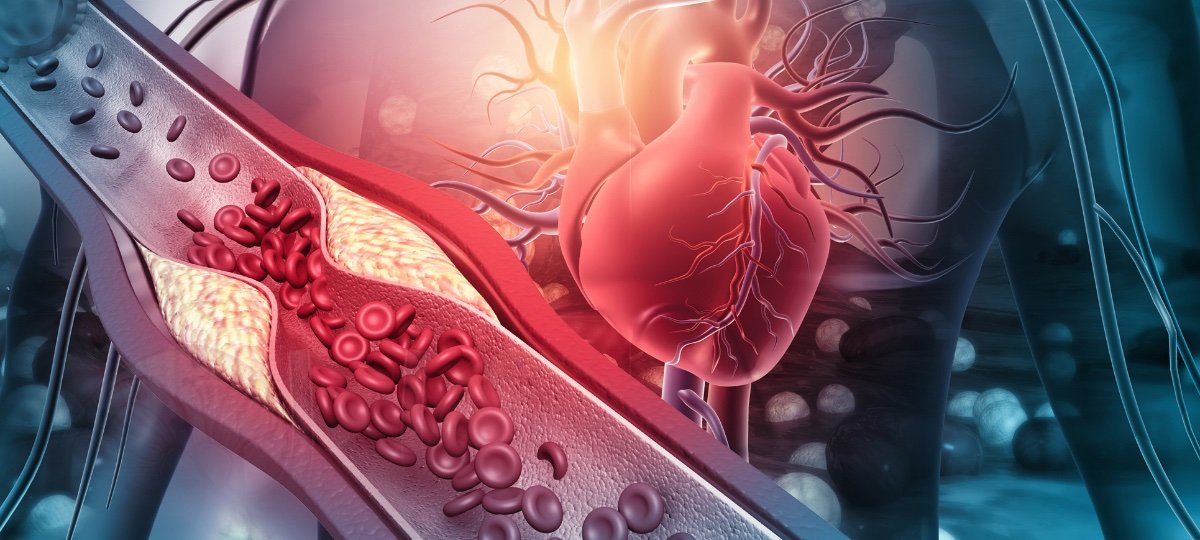Table of Contents
Hey there! If you’ve been paying attention to the latest health and wellness trends, you’ve probably heard a lot about ancient grains in a healthy cereal. You might have even read about it in The New York Times, where they frequently cover the growing popularity of these grains in modern diets. But what are these ancient grains, and why are they being hailed as nutritional powerhouses? Whether you’re a cereal lover or just someone looking to eat better, this article is for you. We’re going to explore everything you need to know about ancient grains in healthy cereals and why they are the talk of the town.
What Are Ancient Grains?
Ancient grains are types of grains that have remained unchanged for thousands of years. Unlike modern, hybridized grains such as wheat and corn, these grains have retained their original genetic composition. Some popular ancient grains you may have heard of include:
- Quinoa
- Farro
- Amaranth
- Spelt
- Millet
- Teff
- Sorghum
These grains have been staples in various cultures worldwide, from the Incas in South America to ancient civilizations in Africa and Asia. Their recent resurgence, especially in healthy cereals, is largely due to their nutritional benefits and minimal processing, making them an excellent choice for those looking to adopt a healthier lifestyle.
Why Ancient Grains in a Healthy Cereal Are Trending
The idea of usingn ancient grain in a healthy cereal nyt answer is not just another passing trend. According to The New York Times, the rise of ancient grains in a healthy cereal reflects a growing movement toward cleaner, more natural eating habits. Modern consumers are increasingly aware of the benefits of whole foods and seek alternatives to overly processed, sugar-laden breakfast options. Ancient grains, with their nutrient-dense profiles and complex flavors, fit perfectly into this trend.
1. Nutrient Density
One of the main reasons ancient grains are popular is their impressive nutritional content. Many ancient grains are rich in protein, fiber, vitamins, and minerals. For example:
- Quinoa: High in protein, iron, and magnesium.
- Amaranth: Contains high levels of calcium and is a complete protein.
- Teff: Rich in iron and a good source of protein and fiber.
By incorporating these grains into cereals, manufacturers can offer a product that is not only filling but also packed with nutrients. Unlike many conventional cereals that are fortified with synthetic vitamins, ancient grain cereals provide nutrition in a natural, whole-food form.
2. Digestive Health Benefits
Another reason people are turning to ancient grains in a healthy cereal is for digestive health. Many ancient grains are rich in fiber, which helps support a healthy digestive system and maintain a balanced gut microbiome.
- Farro and spelt are both rich in insoluble fiber, which aids in digestion.
- Millet contains prebiotic properties that support gut health.
Unlike highly processed cereals that often contain refined sugars and artificial ingredients, cereals made with ancient grains can help promote better digestion and overall gut health.
3. Sustainable and Eco-Friendly
Ancient grains also appeal to eco-conscious consumers. These grains are often grown using sustainable practices, as they typically require less water and fewer pesticides than conventional crops. By choosing cereals made from ancient grains, you are not only benefiting your health but also supporting more sustainable agricultural practices.
Popular Ancient Grains in a Healthy Cereal

With so many ancient grains available, it can be overwhelming to choose which ones to include in your diet. Let’s take a closer look at some of the most common ancient grains featured in healthy cereals and why they stand out.
1. Quinoa: The Protein Powerhouse
Quinoa is often referred to as a “superfood” for a good reason. It’s one of the few plant-based foods that contain all nine essential amino acids, making it a complete protein source. Quinoa is also rich in fiber, magnesium, and iron, making it a popular choice for breakfast cereals.
- Health Benefits: It helps maintain energy levels and supports muscle recovery, which is especially beneficial for active individuals.
- Flavor Profile: Quinoa adds a slightly nutty flavor to cereals, which blends well with fruits and nuts.
2. Farro: The Ancient Italian Grain
Farro, an ancient wheat grain originally from Italy, has a chewy texture and a nutty flavor. It’s high in fiber and contains a substantial amount of iron, magnesium, and zinc, making it an ideal choice for breakfast cereals.
- Health Benefits: Farro supports heart health, maintains blood sugar levels, and promotes weight management.
- Flavor Profile: Its texture and flavor complement other grains and ingredients like oats, berries, and seeds.
3. Amaranth: The Nutrient-Dense Seed
Although technically a seed, amaranth is often grouped with grains due to its similar properties. Amaranth is gluten-free and high in protein, calcium, and antioxidants.
- Health Benefits: It’s a great option for those with gluten sensitivities and offers anti-inflammatory properties.
- Flavor Profile: Amaranth has a mild, earthy flavor, which adds depth to cereal blends.
4. Millet: The Gluten-Free Staple
Millet is an ancient grain that has been a dietary staple in Africa and Asia for centuries. It is naturally gluten-free and rich in essential nutrients such as magnesium, phosphorus, and B vitamins.
- Health Benefits: Millet is known for its heart-healthy properties and supports stable blood sugar levels.
- Flavor Profile: It has a slightly sweet, corn-like flavor, making it a great base for fruity or nutty cereal varieties.
5. Spelt: The Versatile Grain
Spelt is a type of wheat that has been cultivated since ancient times. It’s rich in fiber and contains essential nutrients like niacin and zinc.
- Health Benefits: Spelt supports cardiovascular health, aids in digestion, and helps regulate metabolism.
- Flavor Profile: It has a nutty, slightly sweet flavor that pairs well with honey, nuts, and dried fruits.
How Ancient Grains Enhance Healthy Cereal Options
Incorporating ancient grains into healthy cereals is not just about nutrition; it’s also about creating a satisfying and enjoyable breakfast experience.
1. Better Texture and Flavor Variety
Many ancient grains bring unique textures and flavors that are absent in traditional cereals. The chewy, nutty textures of farro and spelt, for example, provide a more dynamic eating experience than plain oats or processed corn flakes. Cereals made with these grains often have a richer taste and more complex mouthfeel, making breakfast an experience to savor.
2. Increased Satiety
Ancient grains are rich in protein and fiber, two key components that help you feel full longer. A bowl of cereal made with these grains is more satisfying than traditional cereals that are often filled with sugar and refined carbs. Including ancient grains like quinoa and amaranth in your morning routine can help curb hunger and prevent mid-morning energy crashes.
3. Enhanced Nutritional Profile
Many cereal manufacturers are now blending ancient grains with other nutritious ingredients like chia seeds, flaxseeds, dried fruits, and nuts to create a well-rounded, nutrient-dense meal. These additions enhance the benefits of ancient grains, providing omega-3 fatty acids, antioxidants, and additional fiber.
There are numerous benefits to including ancient grains in your daily cereal. Let’s explore the most significant ones:
1. Boosted Energy Levels
Thanks to the combination of complex carbohydrates and proteins in ancient grains, cereals made with these grains provide sustained energy throughout the day. Unlike sugary cereals that cause a spike and subsequent crash in blood sugar levels, ancient grain cereals offer a more gradual release of energy.
2. Heart Health Support
Many ancient grains are rich in magnesium, a mineral crucial for maintaining a healthy heart. Whole grains like farro and spelt are also known to reduce cholesterol levels, which lowers the risk of cardiovascular diseases.
3. Gluten-Free Options
For those with gluten intolerance or celiac disease, ancient grains like quinoa, millet, and amaranth provide safe, nutritious options. These grains allow those with dietary restrictions to enjoy the benefits of whole grains without worrying about gluten.
4. Weight Management
High-fiber grains like farro and millet promote weight management by keeping you full longer and regulating blood sugar levels. By choosing cereals made with these grains, you can manage your weight while still enjoying a delicious breakfast.
How to Incorporate Ancient Grains in a Healthy Cereal

If you’re ready to jump on the ancient grain bandwagon, here are a few tips on how to incorporate these grains into your breakfast routine:
1. Buy Pre-Made Ancient Grain Cereals
The simplest way to enjoy ancient grain in a healthy cereal nyt answer is to purchase a pre-made option that features these grains prominently. Look for brands that prioritize organic and minimally processed ingredients to ensure you’re getting the most nutrients.
2. Make Your Own Ancient Grain Cereal Mix
If you’re feeling adventurous, you can create your own cereal blend at home using ancient grains like quinoa, amaranth, and millet. Add dried fruits, nuts, and seeds to personalize your mix. Not only is this a fun way to experiment with flavors, but it also allows you to control the sugar and fat content.
3. Try Hot Cereal Variations
Ancient grains are versatile and can be cooked into warm cereal variations like porridge. Quinoa, amaranth, and farro can all be boiled and enjoyed with a splash of almond milk, a drizzle of honey, and a topping of fresh berries.
FAQs About Ancient Grains in a Healthy Cereal
1. What are the best ancient grains to include in cereal for gluten-free diets?
Some of the best gluten-free ancient grains include quinoa, millet, and amaranth. These ancient grain in a healthy cereal nyt answer gluten-free and provide a wide range of nutrients, making them excellent options for those with gluten sensitivities.
2. Are ancient grains in cereals more nutritious than traditional cereals?
Yes, ancient grains are generally more nutritious because they are less processed and retain their natural vitamins, minerals, and fiber. Traditional cereals often contain refined grains and added sugars, which reduce their nutritional value.
3. Can ancient grains help with weight loss?
Yes, ancient grains can support weight loss because they are high in fiber and protein, which promote satiety and help regulate blood sugar levels. Eating a bowl of ancient grain cereal can keep you fuller for longer, reducing the likelihood of overeating.
4. How do ancient grains in cereal support digestive health?
Ancient grains are rich in fiber, which is essential for healthy digestion. Fiber helps maintain regular bowel movements and supports a balanced gut microbiome, both of which are critical for overall digestive health.
5. Are ancient grain cereals suitable for children?
Yes, ancient grain cereals are suitable for children as long as they are prepared with minimal sugar and additives. The natural vitamins, minerals, and fiber found in ancient grains can be beneficial for children’s growth and development.
Conclusion: Embrace the Power of Ancient Grains
The resurgence of ancient grains in a healthy cereal, as highlighted by The New York Times, is more than just a fad; it’s a shift towards more mindful and nutritious eating. By incorporating these grains into your diet, you can enjoy a wide range of health benefits, from improved digestion to increased energy levels. So, whether you’re a cereal enthusiast or someone looking to make healthier breakfast choices, ancient grain cereals are definitely worth a try




